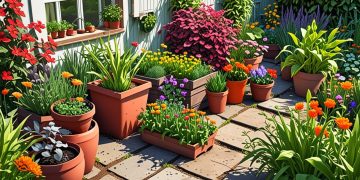
Strategies for Harvesting in Small Gardens: Synchronizing Planting and Harvesting
Explore effective strategies for harvesting in small gardens by synchronizing planting and harvesting. Optimize space with companion planting, staggered and succession planting techniques to ensure a continuous supply of produce. Embrace innovative practices like vertical gardening and organic methods for a thriving, sustainable garden throughout the growing season.

Harvesting in Small Spaces: Techniques to Maximize Yield in Urban Gardens
Urban gardening thrives on creativity and resourcefulness. Techniques like vertical gardening, container gardening, and succession planting transform small spaces into productive green zones. Prioritizing soil quality and optimizing light exposure ensures bountiful yields, fostering sustainability and nurturing a joyful connection to nature in bustling city environments.
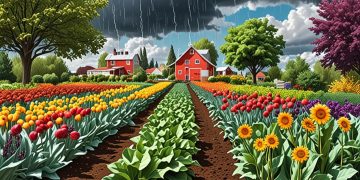
The Impact of Weather Conditions on Harvest: How to Adapt Your Garden to Climate Changes
Climate change is reshaping gardening practices, making it crucial for gardeners to adapt to varying weather conditions. By implementing strategies like drought-resistant crops, efficient irrigation systems, and utilizing technology, gardeners can enhance resilience and productivity, ensuring sustainable harvests despite unpredictable climate challenges.
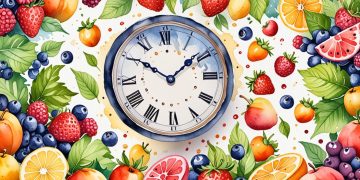
How to Identify the Perfect Time to Harvest Fruits in Your Garden
Maximizing fruit flavor and nutrition requires knowing when to harvest. Key indicators include color, size, firmness, and aroma, while seasonal timing and weather also play crucial roles. Utilizing technology, such as gardening apps and soil sensors, along with community support, enhances your ability to determine the perfect moment for harvest.
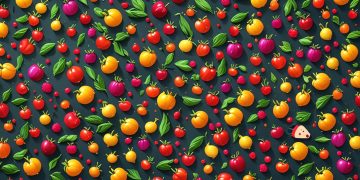
Harvest in Stages: The Art of Gradually Harvesting for Maximum Freshness and Flavor
Discover the art of stage harvesting, a method where crops are picked at their optimal maturity for maximum freshness and flavor. This practice enhances taste, extends shelf life, and improves yields while promoting sustainable farming. Understanding stage harvesting fosters a deeper connection between consumers and their food, benefiting culinary experiences and the environment.
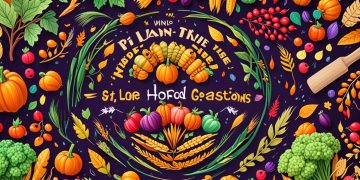
How to Plan the Harvest Throughout the Seasons for Sustainable Harvesting
Explore effective strategies for planning harvests aligned with seasonal changes to enhance sustainable harvesting. By implementing techniques like crop rotation, soil health management, and leveraging technology, farmers can maximize yields, reduce waste, and support environmental stewardship, ensuring agricultural resilience in the face of climate challenges.
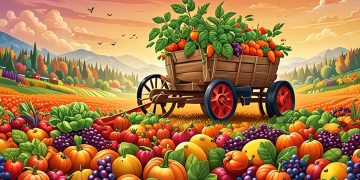
The Influence of Plant Varieties on Harvest Time and Final Product Quality
The selection of plant varieties significantly impacts harvest time and final product quality. By choosing suitable varieties, farmers can enhance growth rates, flavor, and yield while adapting to environmental challenges. This strategic approach not only improves profitability but also aligns agricultural practices with consumer preferences for sustainably produced, high-quality food.
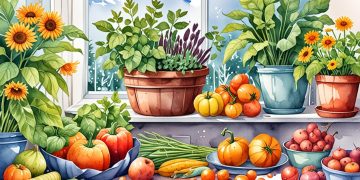
How Climate Conditions Influence Harvest Timing in Home Gardens
Climate conditions play a vital role in harvest timing for home gardens, affecting factors like temperature, rainfall, sunlight, and frost dates. Understanding these influences enables gardeners to optimize planting schedules, improve yields, and enhance produce quality, ultimately fostering resilient and sustainable gardening practices.
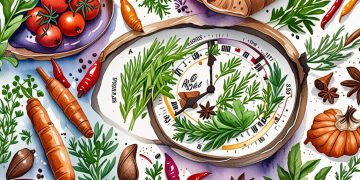
The Natural Signs That Indicate the Ideal Time to Harvest Herbs and Spices
Discover the natural signs that reveal the perfect time to harvest herbs and spices. By observing bloom stages, leaf color, and fragrance, gardeners can enhance flavor and potency. Understanding these cues not only improves culinary experiences but also nurtures a thriving garden filled with rich, aromatic herbs.
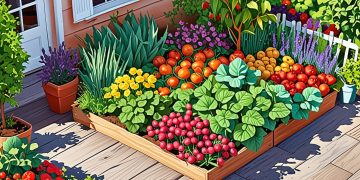
How to Use Successive Planting Techniques to Optimize Harvest Time in Home Gardens
Discover how successive planting techniques optimize harvest time in home gardens, ensuring continuous fresh produce throughout the growing season. This approach enhances space utilization, improves pest control, and promotes soil health, allowing gardeners to enjoy a varied and bountiful supply while fostering a deeper connection with nature.